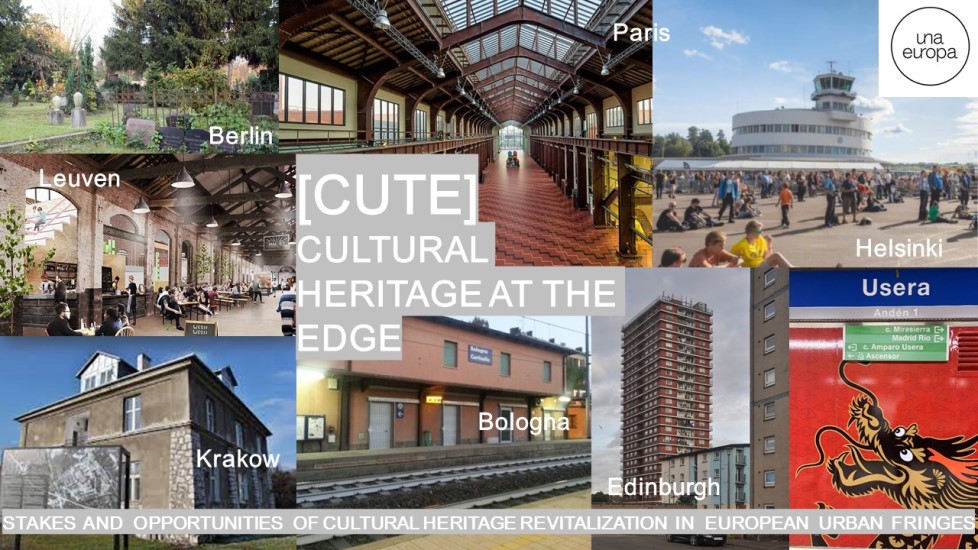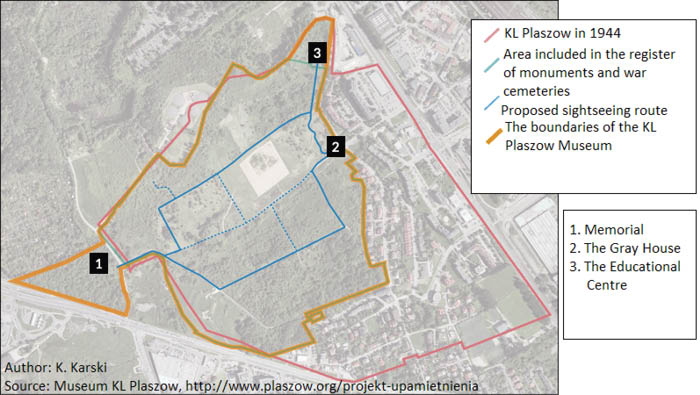
|
|
|
Case Studies > Kraków - Podgórze areaKL Plaszow between 1942-1945 was the German Nazi Labour and (from 1944) Concentration Camp. Localized in Podgórze, it was on the borders of the Cracow’s built-up areas; nowadays, it is situated in the middle of the urbanized area, between residential neighborhoods. Plaszow served as a place to imprison Jews, and from 1943 it served as a “labor re-education camp” for the Poles. In the summer of 1944, it held about 25,000 prisoners on 80 hectares. The approximate number of the victims of executions carried out within the camp area is 5 thousand. The ashes of the victims burned on pyres were to be spread over the camp area. The camp was evacuated in January 1945. Nowadays, very little of the infrastructure of the camp remains. For decades, the site was largely unmarked, undergoing the process of urbanization. Partially, it transformed into a semi-wild recreation area, partially the city infrastructure aroused. Since the late 1940s, several signs and monuments have been erected on the site. KL Plaszow became widely known as depicted in Spielberg’s movie “Schindler’s List” (1993). The camp’s history was exhibited in Schindler’s Factory, a branch of Krakow Historical Museum (now: Museum of Krakow). In 2006, the City launched the process of creating the museum and memorial. The project raised many controversies. Only from 2016 did the KL Plaszow Museum begin to play a leading role by coordinating activities to commemorate the site. The process revealed many tensions and contradictory perspectives of various stakeholders, memory depositors, and residents because of the issues of delineating the boundaries of the memorial site, taking into account the burial areas, the transformation of the spatial function into a recreational, service, and residential one, the architectural design of the Memorial and the Educational Center, as well as the distribution of accents in the narrative of the exhibition scenario.
|
| Online user: 2 | Privacy |

|

